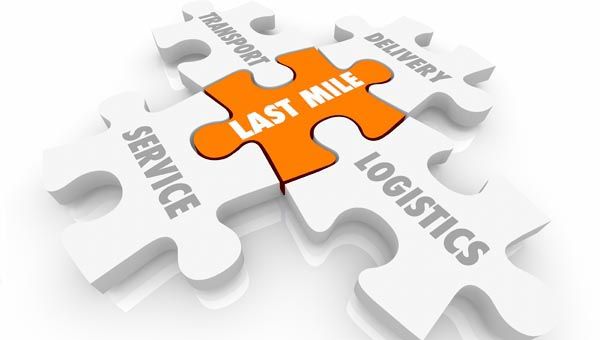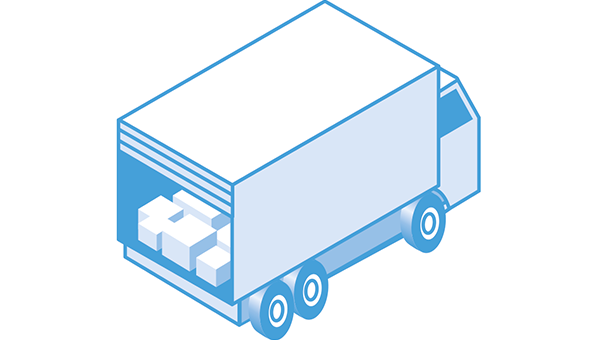Can Home Delivery become a Commercial Advantage?
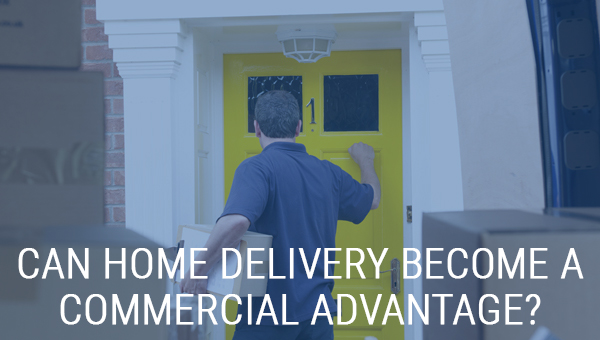
With the UK’s eCommerce sales rapidly growing during throughout the corona virus pandemic (see fig 1) the companies that have offered a good service will be the ones that consumers continue to use after the pandemic. However, even if a company has a wonderful website, with good value products it can easily be let down by a poor delivery service.
Figure 1
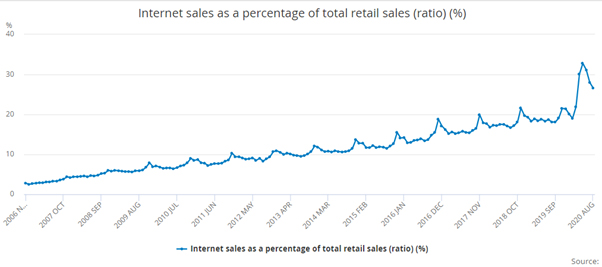
Source: Office for National Statistics
Leading retailers know that they are not simply competing for sales on products and price, but also on availability, convenience, and service too. Meaning that home delivery plays a critical part in the overall customer experience and possible future purchases.
For a long time there has been a battle over the value of deliveries, with retailers trying to decide whether the delivery should be free and included in the price of the goods or as an extra paid for service, with some retailers opting to reduce delivery fees as more items are purchased, or even the opposite, increasing the fees as the weight of goods increase.
However there will be consumers that are prepared to pay for convenience, thus providing possible revenue generating opportunities. Providing customers with time-of-day and day-of-week choice can drive incremental revenue and help to level the loads of delivery vehicles. Not everyone wants or needs next day delivery but will often choose it simply so that they know the day that their goods will be delivered. Sometimes even delaying the purchase of their goods until the day before delivery is required and they know they will be at home to receive the goods. This though can also lead to high demand for deliveries on weekends and by only offering next day delivery retailers give themselves little time to organise transport should there be high demand for their goods.
The Challenge: every company knows that delivering goods to a customer’s door will face the same challenge - how can they allow the customer to select their own delivery option of day and time, without making the cost of logistics unacceptably expensive? As well as providing a service to the customer, retailers still need to cover the cost of deliveries.
The Solution: The best way to overcome the issue of customers being able to select the time they prefer is to implement a delivery scheduling system. These software solutions can allow thousands of customers to schedule their own deliveries at the point of sale, selecting the best time and day that suits them, while still monitoring the available logistics fleet for capacity and capability. And only offering the delivery slots to a customer that are suitable based on the logistics and delivery routes. These software solutions can also enable retailers to add on services to their products such as an installation service or a returns service and will adjust the delivery schedules and length of time and skills required at a stop accordingly.
Dynamic scheduling and delivery time booking systems understand the network’s capability and existing order book, they therefore allow retailers to customise delivery options offered to each customer and balance the choices and cost.
This can allow companies to offer a more refined choice of delivery options, so rather than offering a half day delivery option it can enable them to offer 1 hour delivery slots, with pricing of each delivery slot according to other factors in the mix such as next nearest delivery or time of delivery and distance. These delivery windows can then also be modified, depending upon the item to be delivered and any additional services that have been added, to choose a specific vehicle or delivery team.
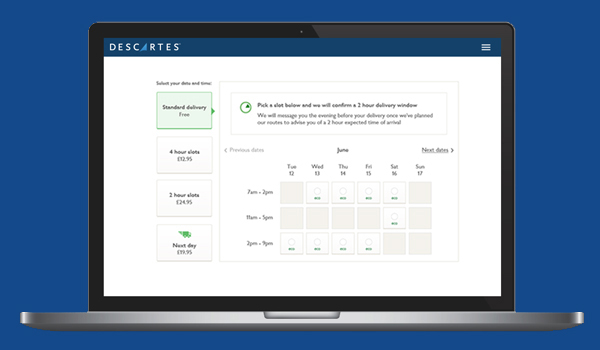
Being able to offer shorter timed delivery windows and set days of delivery choices at the time of ordering increases customer satisfaction, reduces orders being put off until the day before the customer is at home and improves the ability of the customer to receive the delivery, thus reducing missed deliveries and increased logistics costs. There is nothing worse for a company than a missed delivery as it not only becomes a chore for the consumer to reschedule and organise the next delivery, but they will often leave poor reviews on social media too.
The system can be set up so that delivery slots can be offered to customers at a lower rate if there is already a delivery in their area and the cost increased the more difficult a time slot becomes for the supplier to deliver. But delivery slots can also be costed depending upon the goods ordered, if the goods are of high value and profit then the delivery costs can potentially be reduced, but if there is a low margin on the item being delivered then charges can be applied to ensure that the delivery is always a profitable delivery.
Suppliers that have implemented these systems have not only seen an increase is customer satisfaction, but also an improvement in logistics optimisation and efficiency, along with an uplift in value-added services, in some cases the value-added services have been sufficient to cover the costs of the delivery fleet in its entirety.
Integrating the above dynamic delivery scheduling solution with other delivery technology such as digital proof of delivery and message notifications to both the drivers and the consumers with updates on deliveries enables further optimisation and efficiency gains.
- John Lewis saw vehicle productivity increase by 35% and each delivery’s mileage reduce by on average 1.5 miles, plus the associated savings in fuel.
- Delivery windows decreased from a day to 4 hours and eventually to 2-hour delivery windows.
John Lewis now also offers the delivery scheduling options for its instore purchases and combines the logistics for both channels, in-store and online. This has resulted in a similar delivery experience for their customers wherever they purchased the goods.
As a result of implementing an advanced home delivery solution that harmonised the home delivery experience across their selling channels, the retailer’s brand, its reputation as an innovative omni-channel retailer, and its customer loyalty were all significantly strengthened. This all proves that home delivery can be used as a retail competitive advantage; the delivery experience is all part of the brand and buying experience.
Click here to discover more about Delivery Scheduling Software
Click here to discover more about Route Optimisation Software
Further reading:
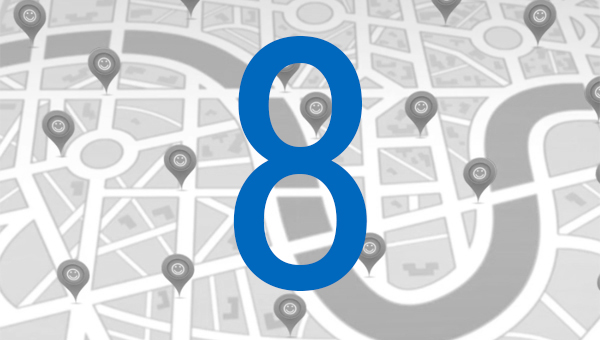
8 Ways to improve your productivity with delivery route planning software


